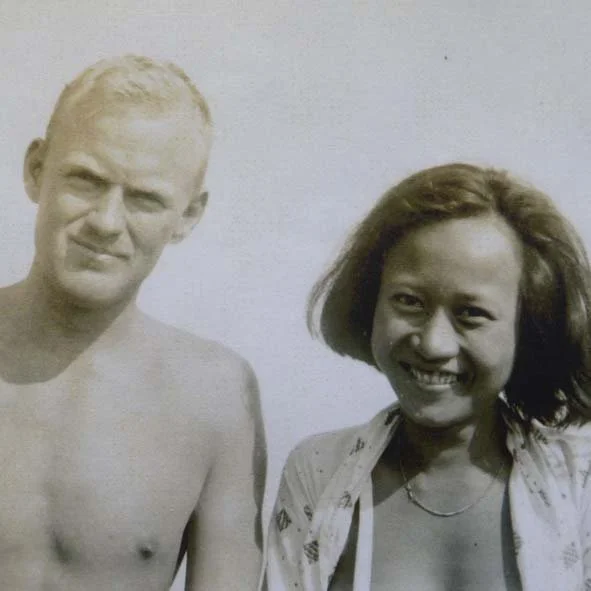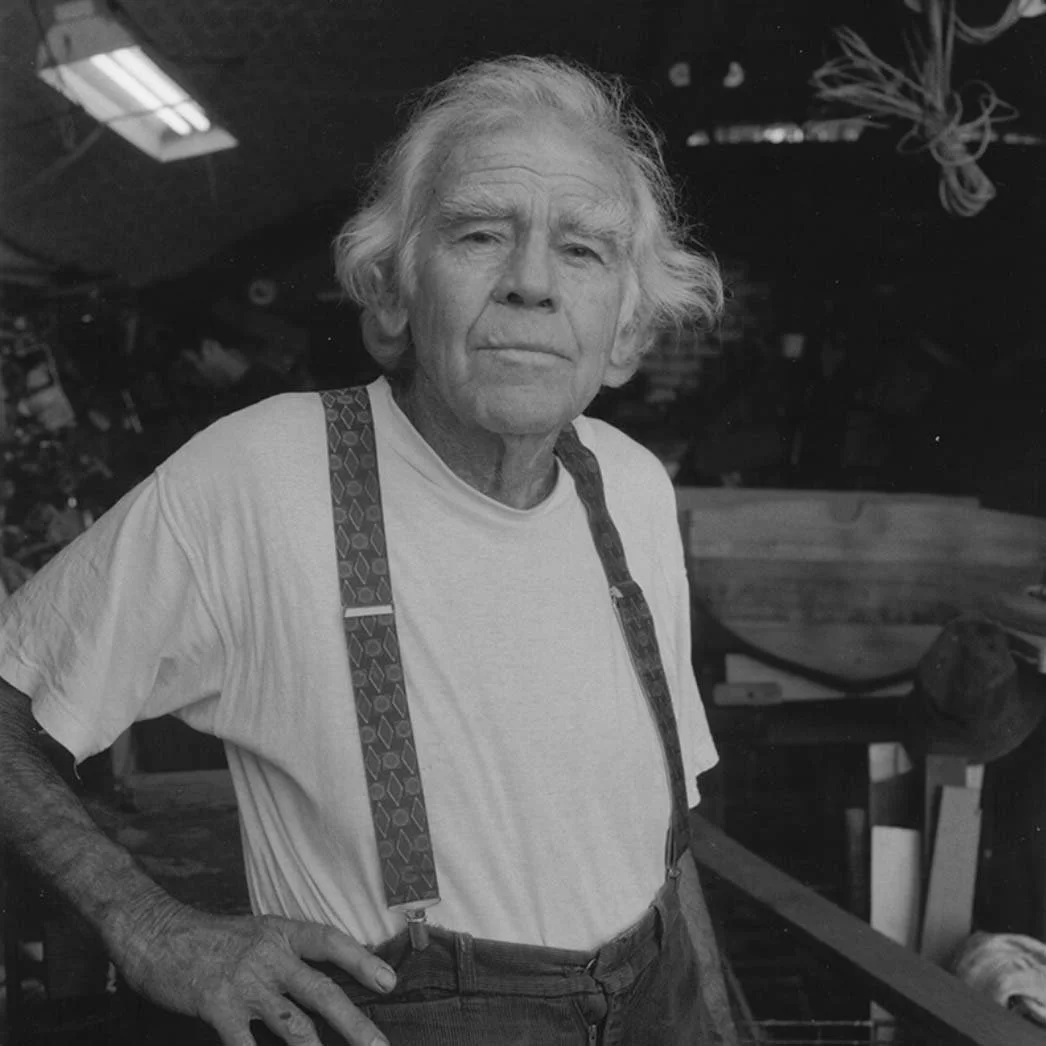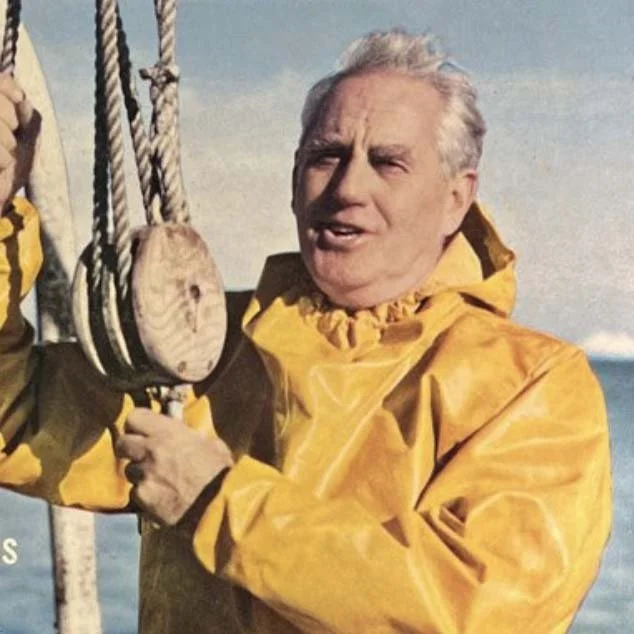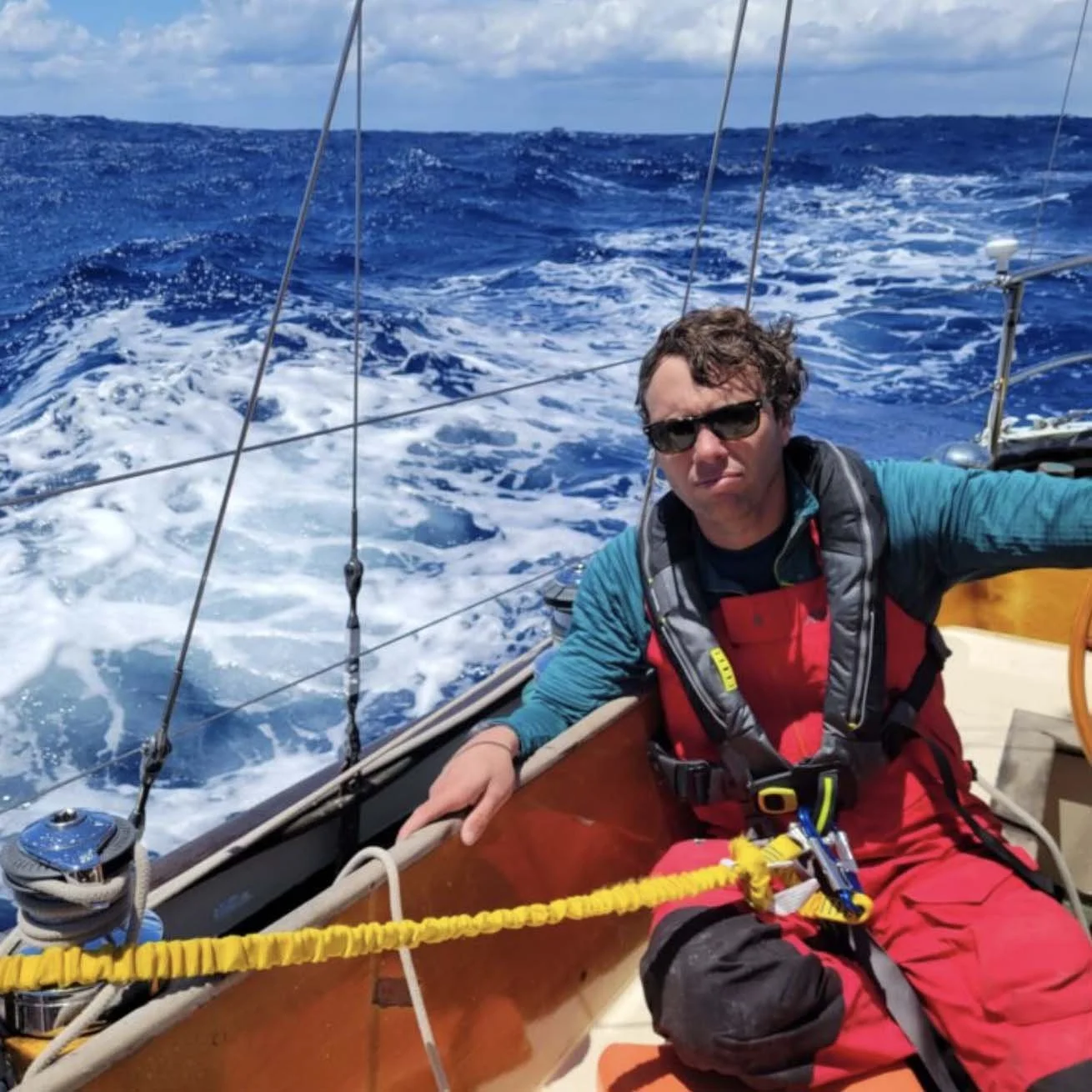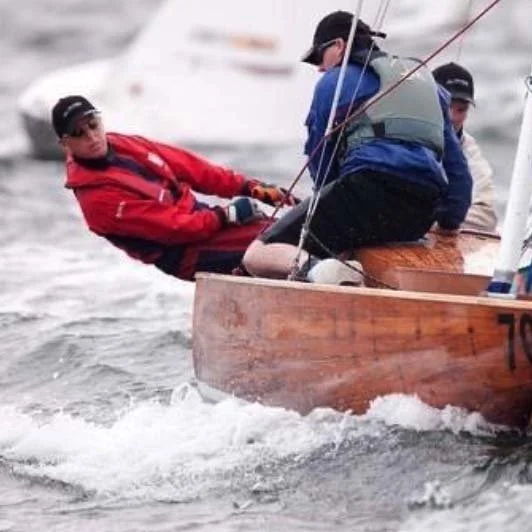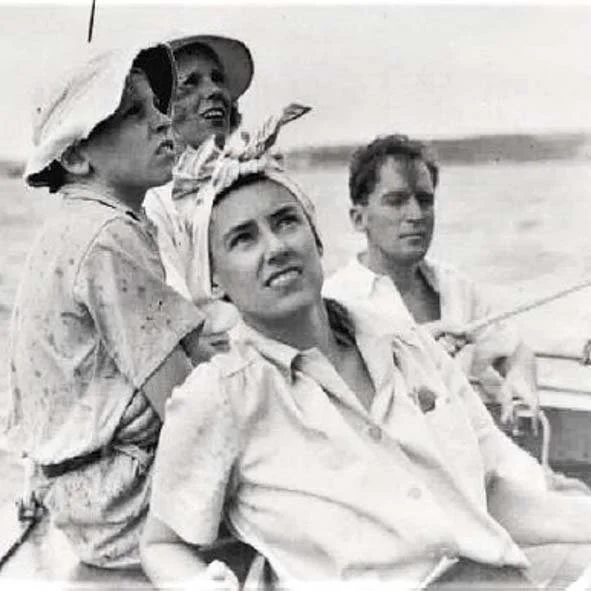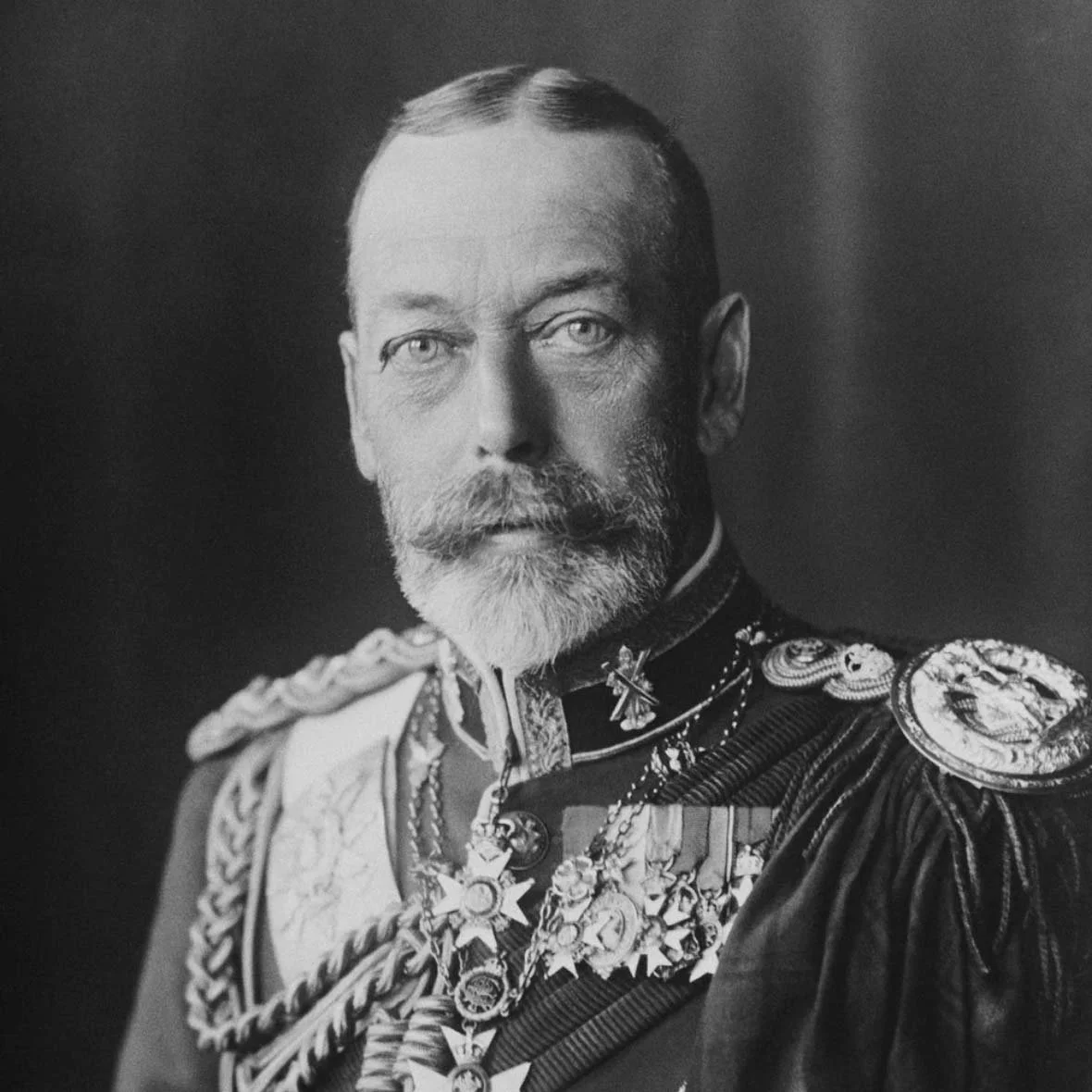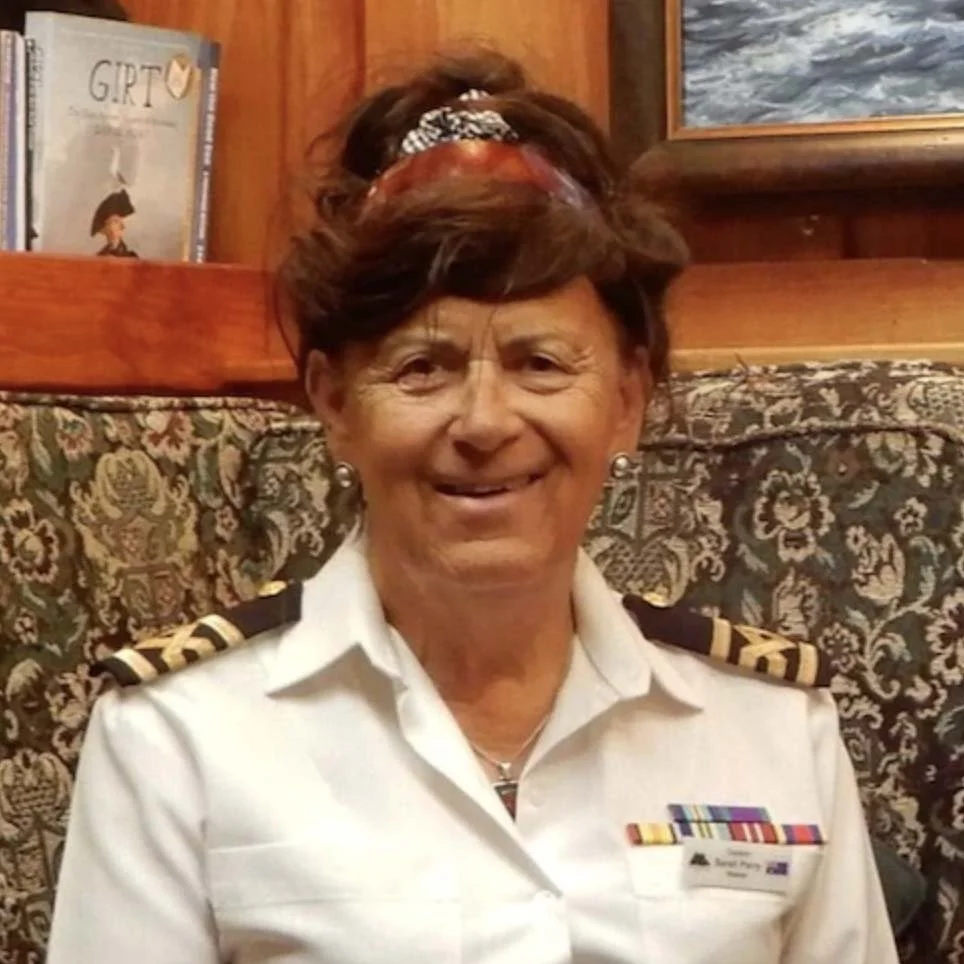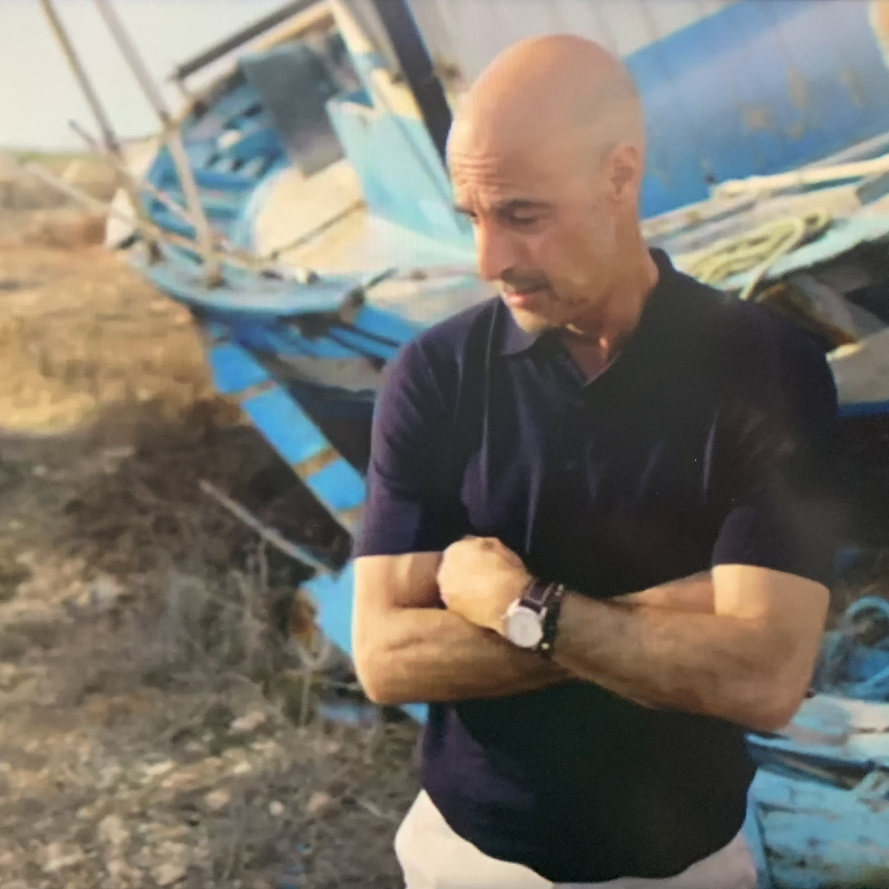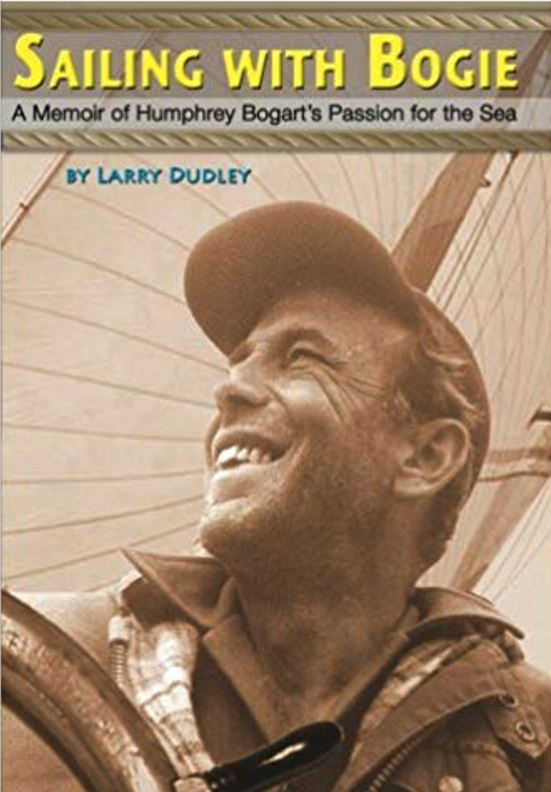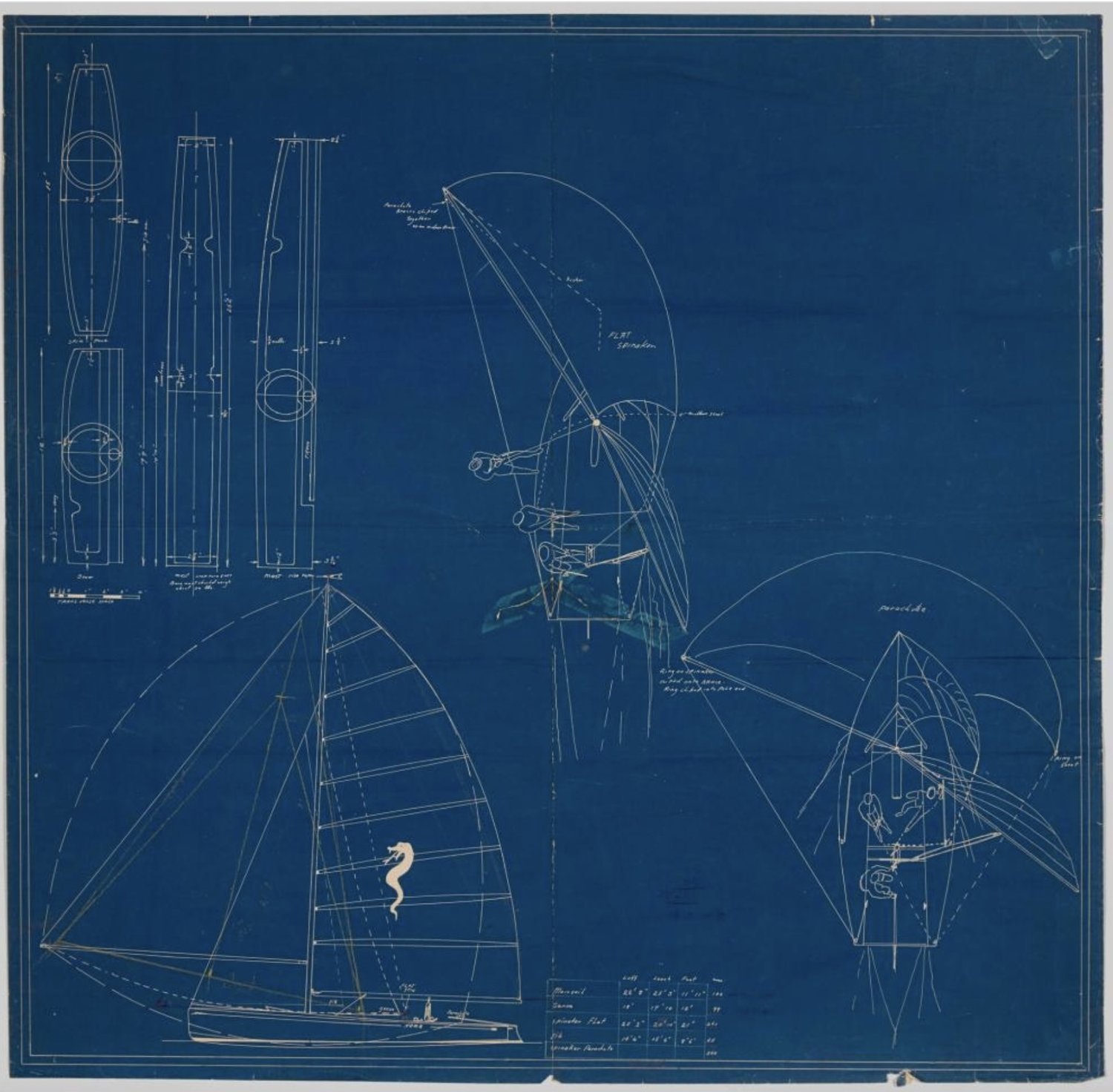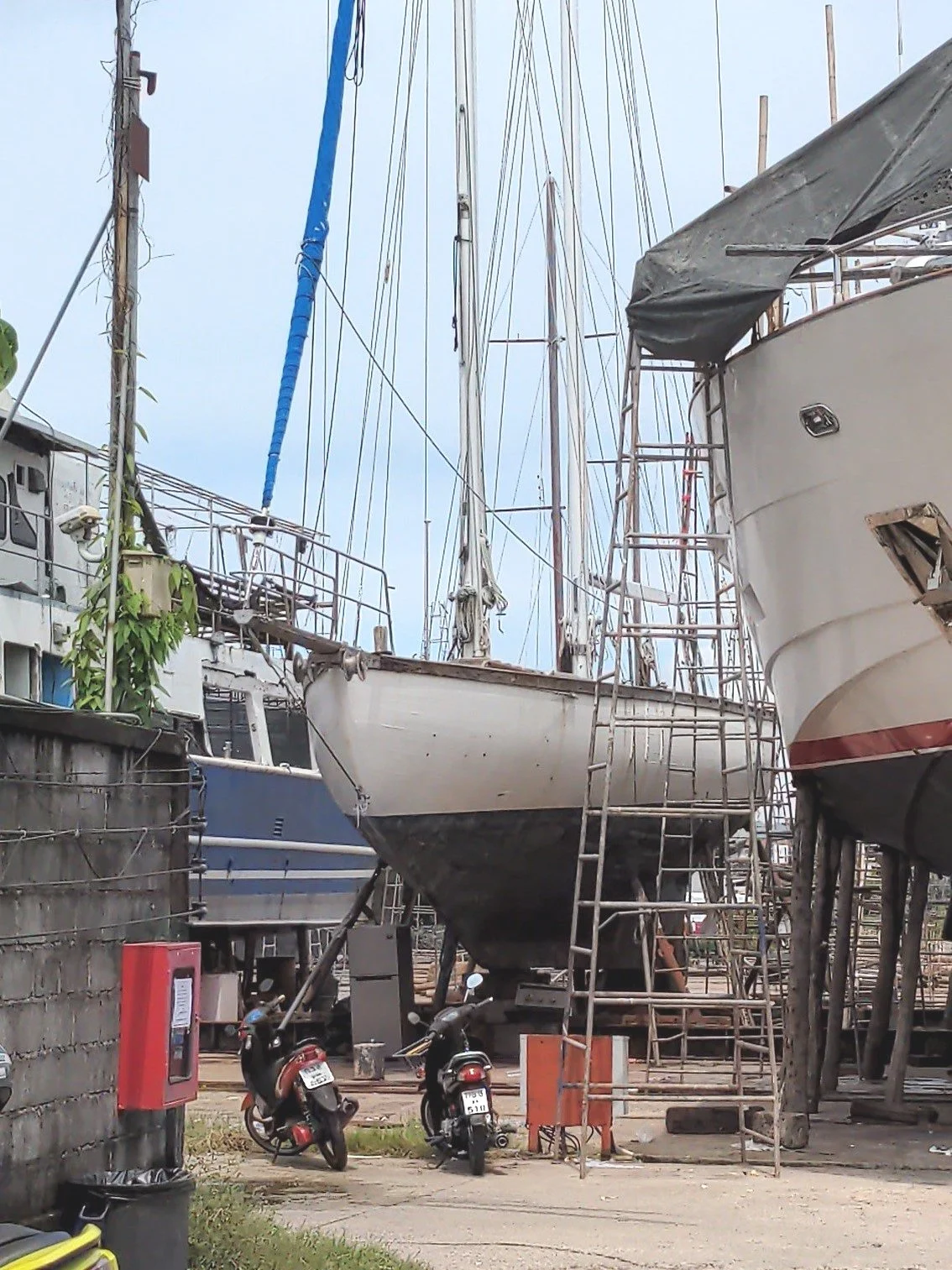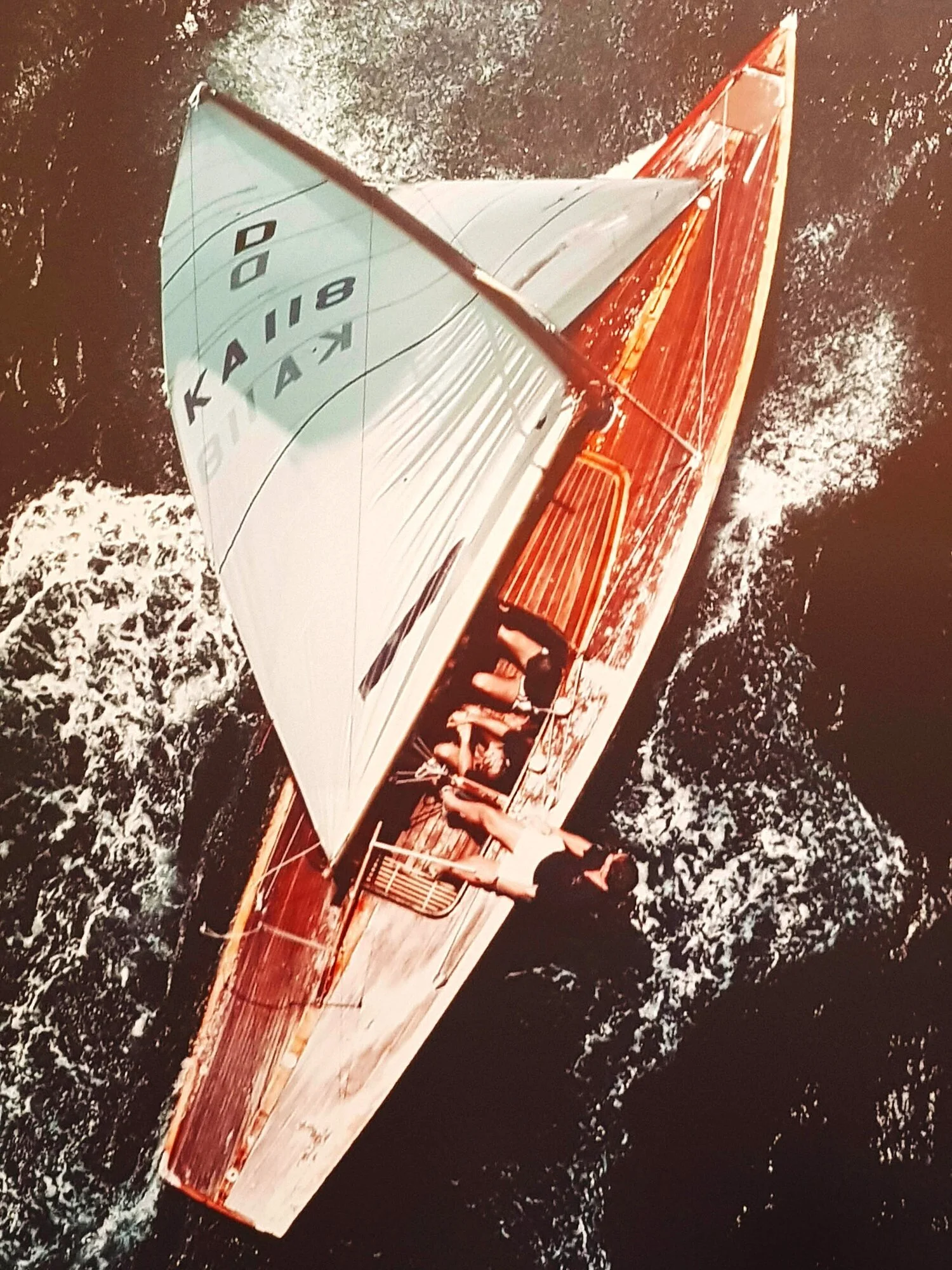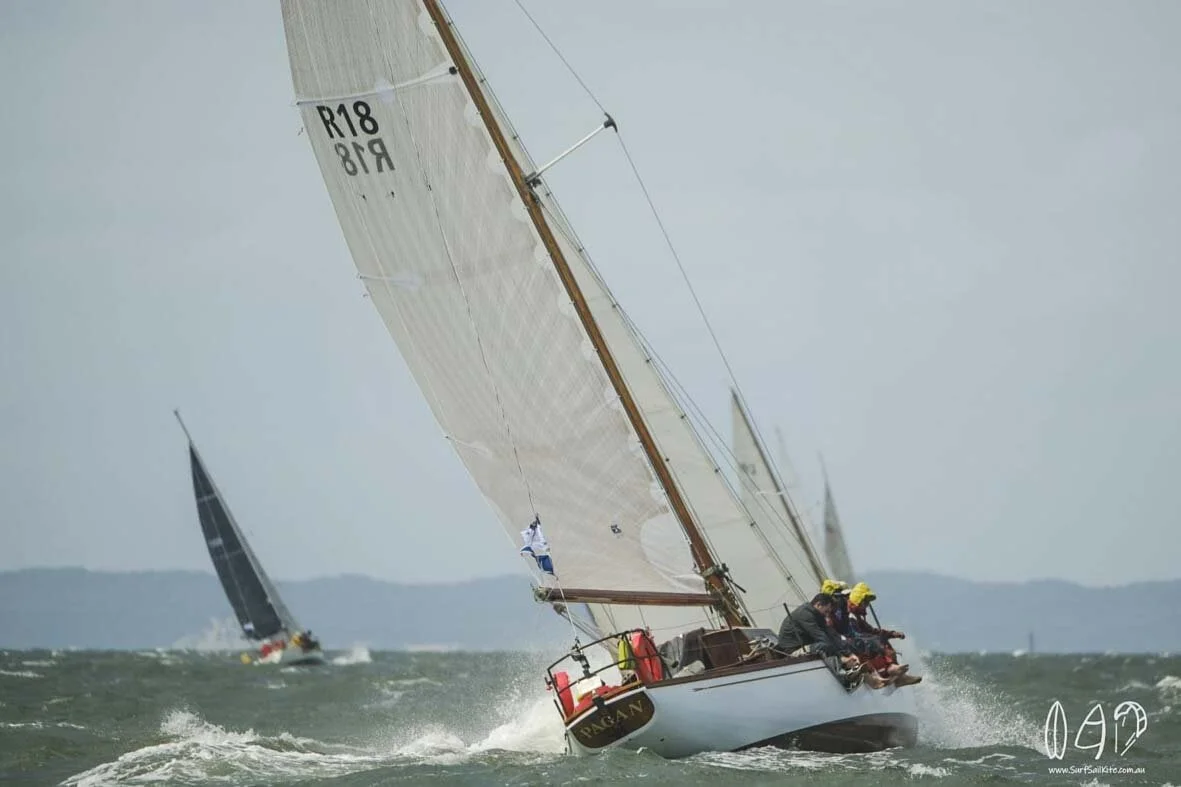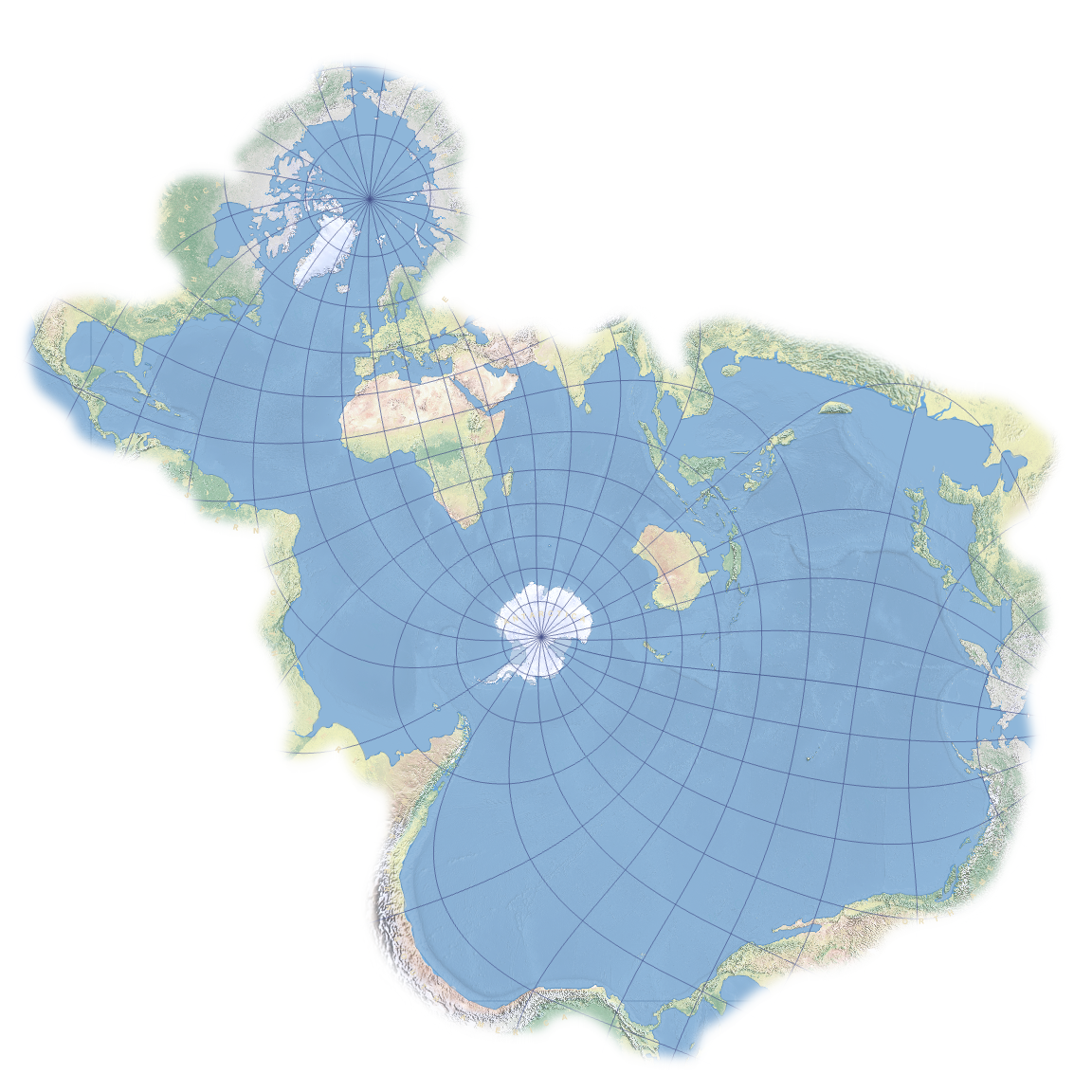Thank You!
In this, the 100th edition of our weekly magazine we would like to say a heartfelt thank you to the 100’s of people who have contributed both with invaluable content and essential financial support. We are very proud to have built this community over the two years since SWS first appeared, and now with 8000 individual readers and over 15000 page views a month, we believe we have a meaningful outlet to support the growth of wooden boat stewardship in Australia and New Zealand.
Whilst the publication started with Sal Balharrie and Mark Chew, we acknowledge that much of the readership growth has been due the research and writing skills of Charlie Salter. He is passionate, accomodating, fun to work with and above all, provides a level of expertise and detail that was lacking until he came along.
We are starting to learn what our readership wants to read about. By examining the statistics around our first 400 stories we plan to give the audience a richer and more appealing publication over the next 100 issues.
So we thought we should spend this centenary edition republishing the 10 most read articles from our first two years.
The 10th most read-
Bogie’s One True Love- by Sal Balharrie
Is it possible to have a passion for old boats and not be a romantic? I tend To think not and perhaps this Is why I connect so strongly with these photos, stories and videos of Humphrey Bogart enjoying SANTANA with his friends and family.
The only cause my husband Humphrey Bogart ever gave me to be jealous was not of a woman but a boat – a racing yacht called SANTANA. – Lauren Bacall
This glimpse into the past reminds us that old boats are repositories of old loves, lives and passions – they mattered to people then, and they matter to people now – kinda nice, huh!
When I walk in bare feet on the teak deck of FAIR WINDS; when I climb her original ladder after a swim; when we sit on the bow, our backs against the coach roof, our ankles resting on the windlass, watching a summer sky turn burnt orange; when we pull in a fish or share a drink in the cockpit with mates or climb into bed, the crackle of the sea, inches from our ears – I wonder about all the others who have enjoyed her, before us, though just as we do.
Bogart described SANTANA as his sanctuary. I feel this too. Arriving on board and stowing away all we need, nothing else matters other than water and diesel if we need it; a forecast for the next three days, a good book, enough wine. Everything else one needs is on board.
Continue reading HERE
The 9th most read-
The Sharpie Story - Saving Sabre by Gordon Stewart and Charlie Salter
Restoration and preservation of maritime history is a philosophical and funding challenge. There are so many important boats that deserve attention. They connect to our pre and post settlement transport, trading, military and fishing heritage, others are associated with significant designers and sailors and there’s all the classes that made sailing into a national sport.
In 2006 the Australian National Maritime Museum launched an appeal for $100,000 ($150k today), ‘to restore the revolutionary 18 foot skiff TAIPAN conceived, built and sailed by design genius Ben Lexcen when he was just 23 years old. TAIPAN has a very important place in the history of Australian sailing. We are a Commonwealth agency and need supplementary funding for a lot of our restoration work said the Director of ANMM, Mary-Louise Williams’.
The museum cannot allocate funds for restoration work in its budget so still relies on external appeals. In the end Alan Bond, with a long personal connection to Bob Miller (Ben Lexcen), gave the money to restore TAIPAN to her original 1959 configuration. She has been sailed but is normally displayed in the foyer at Wharf 7 in Sydney. ANMM also hold Miller’s drawings and original sails from TAIPAN.
This story pretty much sets out the situation. The immediate problem is prioritising what to preserve, who pays and who does the work. There is certainly a public responsibility but lack of funding means recovery relies on haphazard donations, charities but mostly privateers.
18ft Skiff TAIPAN. Drawings by Bob Miller: Collection ANMM
Continue reading HERE
The 8th most read-
Wally Ward Designs And The CA’s- By Ian Ward
This article describes the unique history and truly Australian story of Wally Ward designed yachts over a period of 30 years from 1937 to 1965 and beyond. The story begins with his first boat Janaway, through a series of yachts he designed for friends such as JASNAR, CAMIRA and CARESS, to his unique collaboration with Ron Swanson.
The various design methods used by Wally are described, including the Metacentric shelf principle which resulted in extremely well-balanced yachts with a sea kindly nature.
The impressive racing record of CARMEN, CADENCE & CAVALIER and later on, the larger CAMILLE and CAMELOT is told, which led to the widespread popularity of all these boats.
The wonderful adventures of CARRONADE are recounted, along with the many cruising exploits of several other CA’s as they affectionately became known.
During the 1970’s, after Wally’s death, the rating rules changed and Ron Swanson went on to design and build his own stable of boats.
The legacy of Wally Ward designs remains strong today, through both the impressive race records and active involvement of many dedicated owners of his designs in restoring & preserving their boats while enjoying their intrinsic qualities.
JANAWAY in full flight on Broken Bay
Continue reading HERE
The 7th most read-
Saving SIRIUS-Australia’s First Circumnavigator-From Malcolm Lambe
Our regular correspondent from Pittwater, alerted SWS to this story, which seems to be heading for a sad ending unless an angel appears from behind a cloud in Thailand.
Here’s the gist of it…..
Simon Morris, the previous owner of the historic Australian yacht SIRIUS, is looking for help.
This is the yacht the Nossiter family built and circumnavigated the globe in, the first Australians to do so and also the first Australian yacht to do so. SIRIUS (1935), had been 'sold' to a gentleman who then ran into difficulties with unscrupulous repairers, losing his home and others assets, prior to Covid lockdowns negating any chance for a reversal of fortunes through the Thailand charter business for her.
She currently sits rotting away with a foot of rainwater in the bilges.
According to the contract that the owner signed, the shipyard can repossess the yacht due to unpaid bills over three months or no contact with him for six months.
The owner has since relinquished control and responsibility for SIRIUS back to Simon.
As he explains;
''I am not in a position to to carry out the necessary renovations myself, either physically or financially, so unless someone steps forward in the next couple of weeks, I’ll have to start scrapping her.
I’ll inform the Australian Register of Historic Vessels and the Australian Association for Maritime History.
There is little time left to save SIRIUS but if anyone is prepared to I’ll transfer the majority 33 shares to them on condition that they pay the shipyard arrears ($5,780) and commit to the costs of restoration.''
If anyone is interested they can email Simon at: sirius1935@gmail.com
Continue reading HERE
The 6th most read-
Saving A Dragon- by Jaemie Wilson
I am the latest custodian of Siena AUS 118, a 1967 Borresen Dragon constructed in Denmark of Honduras Mahogany planks, oak ribs with teak deck and cabin top. Owning a timber Dragon has been a dream of mine for a long time, and when I was lucky enough to notice Siena on eBay in 2009, I knew my heart had to rule my head and I had to put in the winning bid.
Although in pretty bad cosmetic condition after languishing on a mooring in Double Bay on Sydney harbour, I had a friend go onboard and inspect her and take some photos, and structurally she did not appear too bad. I could see if you looked past the peeling varnish, missing fit out (the tiller was just an unshaped lump of timber!), rough antifouling and accumulated grime, there was potentially a beautiful varnished hulled dragon lurking in there somewhere that deserved to be saved.
I got in contact with the Victorian Dragon Association and a friendly owner loaned me his trailer. Likewise, the NSW Dragon Association were very friendly and helped me organise a lift out at the Royal Sydney Yacht Squadron. The final piece of the plan was convincing my dad to come on a road trip and bring his Land Rover tow vehicle with him!
Continue reading HERE
The 5th most read-
Reflections And Mirrors- by Charlie Salter
“Down through the ages the British have been a seafaring people. Sailing is in our blood – the very fibre of our character. Until recently, however, only the wealthy have been able to get the health and happiness that a good boat brings.”
The red sails of the Mirror dominated dinghy sailing in the UK and Australia from the 1960’s with over 71,000 boats now registered worldwide. It’s estimated that a staggering 8,000 have been constructed in Australia with Victoria the stronghold.
By the 1970’s Somers YC on Western Port had 110 and Albert Sailing Club on Melbourne’s Albert Park Lake introduced a cap of 100 to control the red rash. Large fleets sailed from Mordialloc YC on Port Phillip and Blairgowrie on the Mornington Peninsula. Fleets were built at Balmoral in Sydney and Nedlands YC in Western Australia where numbers were capped at 123. The mighty Mirror might be about to undergo a revival in 2020’s Australia.
The origins of this little 11ft pram bowed boat are unusual and its universal success was underpinned by access to an inexpensive DIY kit that when assembled proved to be a versatile family boat. The ply construction made her easy to build, light to lift, a lively yacht to sail, a stable boat to row or attach an outboard for fishing and transportable on a roof rack.
Continue reading HERE
The 4th most read-
From Gadigal To Nipaluna Country. A Not Race- By Mark Chew
For some reason it made me sad to see AIS icons of glamour yachts Already travelling north, back up the east coast, on December 30th & 31st. They may have crossed the Sydney-Hobart finish line, but the real heroes of the race were still out there, Clawing their way south to THE Derwent, to complete the slowest race for 17 years.
In many ways ocean racing has become a monoculture. To succeed you must be skilled and tough and rich, but for most owners with a realistic chance of victory, the broader values, ambitions and motivations of the founders of the event have disappeared amid the ruthless need for a trophy. (QED the protest circus at the conclusion of the race.)
The first ‘Hobart’ sailors were friends from the newly formed Cruising Yacht Club (now the Cruising Yacht Club of Australia), who decided on a summer cruise together to Hobart. Before they left Sydney, British yachtsman John Illingworth joined the group and proposed making it a race. The Royal Navy captain had been stationed in Sydney during the war. It was just months after the armistice and life was returning to its peace-time rhythms. In the interests of keeping the focus on ‘cruising’, spinnakers were not permitted.
Don’t misunderstand me. I love the thrill of going fast and the affirmation of winning as much as the next person. It’s just that there’s so much more to sailing than the current deep and narrow channel, especially if you own an old wooden boat.
Continue reading HERE
The 3rd most read-
Racing With Royalty- By Sal Balharrie
As with all things involving our FAIR WINDS crew, the weekend began with a knock-out dinner and about thirty seven bottles
of our finest.
THE EVENT // Great Veterans Race, May 15, 2021
LOCATION // Cruising Yacht Club of Australia - Rushcutters Bay, Sydney
WEATHER // 11 – 18 knots – South West – Gusting 30 – 35 knots
ELIGIBILITY // All boats must be Single Hulled, built prior to 1976 and have competed in a Sydney to Hobart (or at the invitation of the Organising Authority. AKA be friends of FAIR WINDS).
COMPETITORS // Enough Classic Royalty to fill a commemorative tea towel.
WHEN it comes to travel, we tend to move en-masse. We sail en-masse. Drink and eat en-masse. And sleep, well….in apartments and/or on the boat. So, with an Airbnb organised, literally as close as you can get to CYC without being arrested, the weekend began with G&T’s, followed by a small, yet Sydney steep stroll up a hill to an Italian bistro where, even on a cold night, you can order pasta to be ferried out to your table on the street, under a Morten Bay Fig and put all that’s wrong with the world, right.
Later, those who’d been up the hill were to discover that the CYCA bar happens to close unreasonably early, so additional bottles of plonk would need to be secured allowing the discussion to continue back on the mothership. FAIR WINDS is good like that and it was down below were attentions soon turned to tactics, a race the following day and a forecast for excessive and building wind.
It must be observed that standing on the deck shouting farewells across the marina at midnight found there to be not a breeze and the sky, completely clear. The strong wind warning for the morrow was playing hard to get.
In 2000 with a two year old in a pram and a four year old focussed on an ice-cream, I begged my way into CYCA to make sure I could be on the marina to cheer Jenny Armstrong and Belinda Stowell back in moments after winning their Gold Medal in the Women’s 470’s. Nothing was going to stop me getting my hat signed and shedding tears of joy along with everyone else lining the wharf.
If you cast your mind back to that time, do you remember the magic? We walked a little lighter, the sun shone a little brighter, the world was a different place and CYCA was on emotional fire. The buzz. The glory. The fizz of the place. It was so alive, so real, so electric. And yet somehow, CYCA managed to soak up and retain the vibe. The old girl still keeps the verve.
KIALOA II Image: Andrea Francolini
Continue reading HERE
The 2nd most read-
Seabirds Fly To Gladstone- By Peter Kerr, Edited by Fiona Clarke
After hearing that Scott Patrick was taking Wistari out for her 51st race we thought the legendary plywood 35fter deserved an appropriate escort of vintage timber yachts. It would be the 18th Gladstone for Pagan, my 1962 Tasman Seabird, and the first time Dan Deburiatte skippered 1959 Joanne Brodie in the race up the coast. Wistari sure as hell didn’t wait around for us though.
The week before Easter always needs a few more days in it. It was flat out at Deagon Slipways but we managed to get PAGAN and JOANNE BRODIE up to have their bottoms polished to 1000 grit finish and almost everything was finished by Thursday night.
On Friday we had our traditional pre-race breakfast in the slipway where friends and past crew had bacon and eggs while current crew gulped down their Kwells.
Our former navigator and resident piper Ross Anderson piped the two Seabirds down Cabbage Tree Creek to the yacht club before we headed to the start. We were greeted by 25 to 30 knots of soueaster which seemed to scare off a few of the go-fast boats as there were several withdrawals at the last minute. Pagan hit the line at what we thought was spot-on time but we were over early so it was down with the kite and back to the start to play catch-up in the dash to first mark. Our unenviable position at the back of the fleet did, however, provide a good view of Wistari’s clean white kite sprinting away from us. The old girl was up and running.
PAGAN with boom still intact-Image thanks to Mitch Pearson www.surfsailkite.com
Continue reading HERE
The most read Story in the first two years of SWS.
The Spilhaus Projection-A World Map According To Fish
I clearly remember sitting in a geography lesson in a dusty, cold classroom in the English midlands listening to Mr Lewin drone on and on. It must have been the late 1970’s. The only interesting thing about Mr Lewin was that he was the 1st XV rugby coach. I always wondered how a man with so little personality had achieved such an exalted position…..in my mind on a par with being the Prime Minister. However, as long as I can remember, I had always had a fascination with maps, or perhaps on this site we should call them charts…. and one day Mr Lewin began explaining how cartographers addressed the challenge of portraying what is essentially a three dimensional object, (the world) on a two dimensional plane (a piece of paper). My eyes lit up. Not only did the problem have multiple imperfect solutions but the names of the people working on this conundrum sounded like adventure itself!
Mercator, Sinu-Mollweide, Goode’s Homolosine, Peirce Quincincial and my favourite the Winkel Tripel!
So when, this week, I came across, a projection that I had never heard about in the 40 years since sitting in that classroom, I was intrigued.
Continue reading HERE
So much Gratitude to the many people who have supported us over the first 100 issues.
(and apologies to those we might have missed)
Click to enjoy their stories
John Fairfax And Ralph Ballard
Andrew Ford and Stephen Fankhauser







